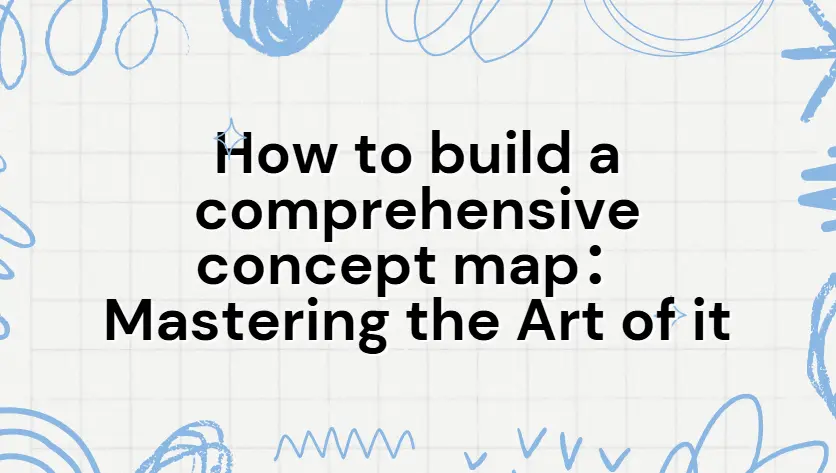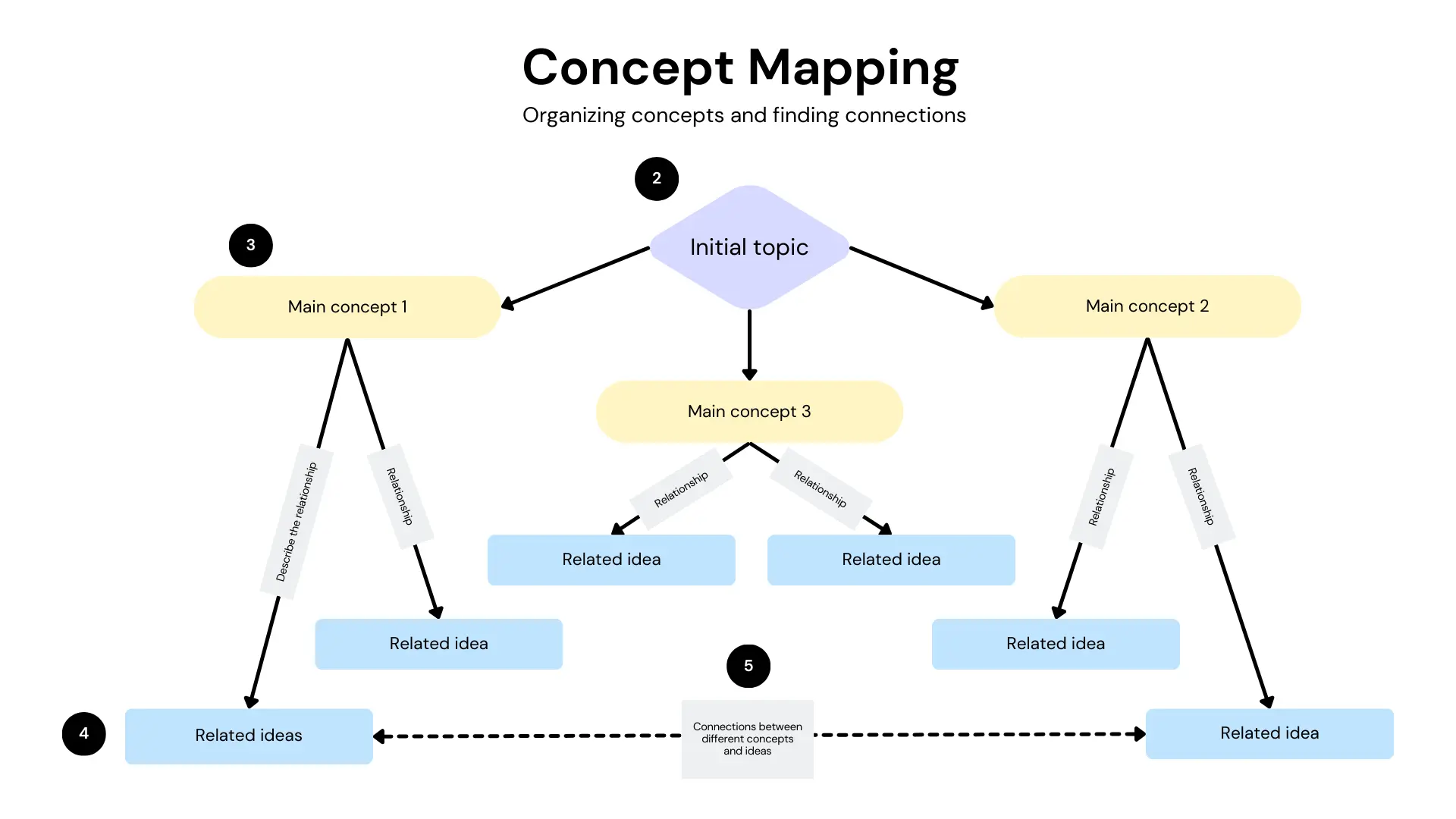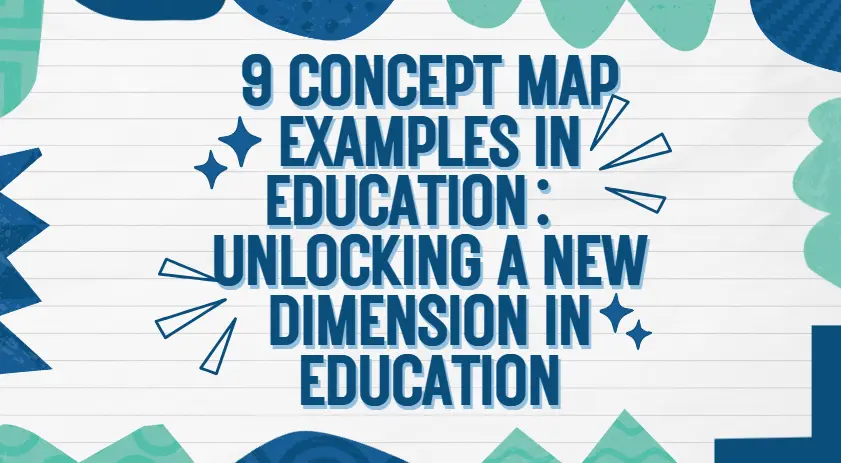Concept mapping is an invaluable tool for organizing and visualizing information. It helps in structuring knowledge, enhancing understanding, and facilitating communication. By illustrating relationships between different concepts, concept maps enable a more profound comprehension of complex subjects. This blog explores the various purposes and benefits of concept mapping, drawing insights from multiple sources.
What is Concept Mapping?
Concept mapping is a graphical tool used to organize and represent knowledge. It involves creating diagrams that show relationships between different concepts, typically depicted as nodes connected by lines. These connections illustrate how ideas are related, forming a network of information that can be easily interpreted and analyzed. Concept maps can be simple, with just a few nodes, or complex, with multiple layers of interconnected ideas.
Concept maps were first developed by Joseph D. Novak and his research team at Cornell University in the 1970s as a means to represent the emerging science knowledge of students. They are based on the learning theories of David Ausubel, who emphasized the importance of prior knowledge in learning new concepts.
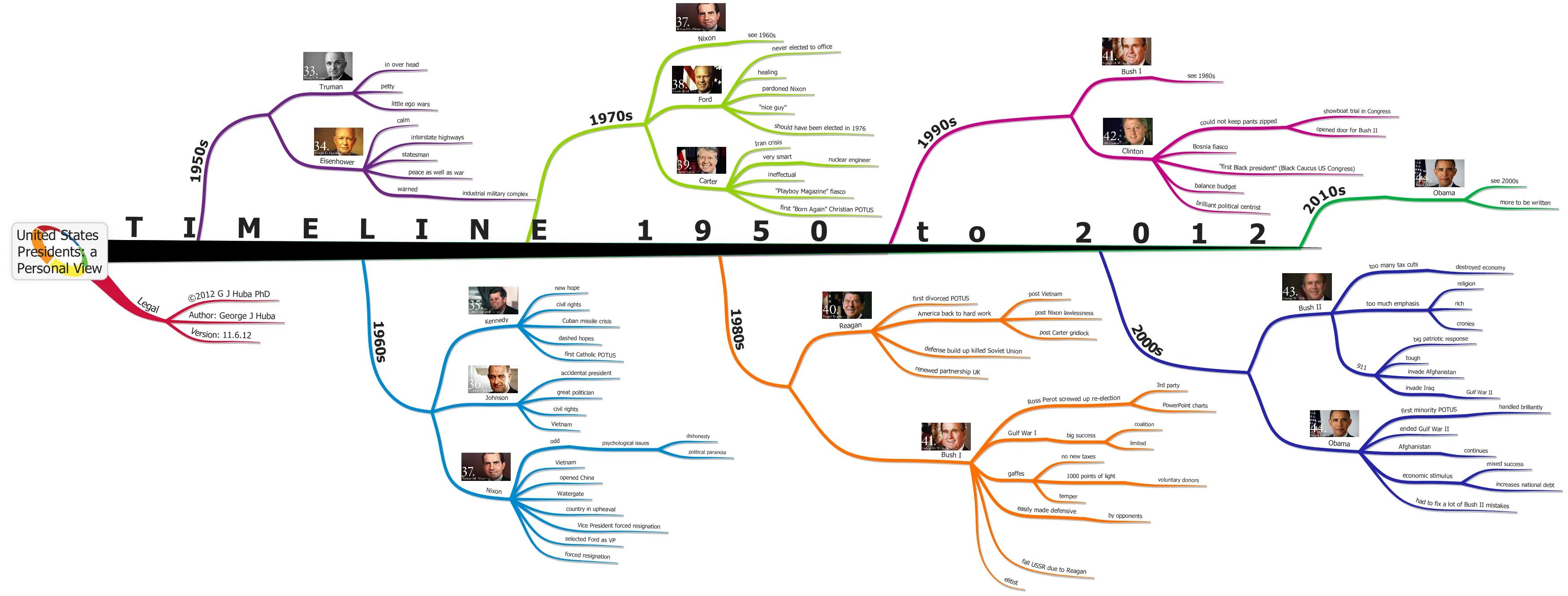
What is the Purpose of Concept Mapping?
Concept mapping serves multiple purposes across various fields, from education and project management to personal development and collaborative work environments. Below, we delve into the specific purposes of concept mapping and how it can be a powerful tool in different contexts.
l Enhancing Understanding and Retention
One of the primary purposes of concept mapping is to enhance understanding and retention of information. Visual learning tools, like concept maps, are known to improve recall better than auditory methods. Studies show that visual representation of information can lead to better comprehension and retention because it allows learners to see the connections between different pieces of information clearly (IdeaScale). By visually connecting related ideas, learners can grasp complex topics more easily and remember them longer. This is particularly useful in educational settings, where students need to understand and retain vast amounts of information.
l Facilitating Problem-Solving and Critical Thinking
Concept maps are also powerful tools for problem-solving and critical thinking. They help break down complex problems into smaller, more manageable parts, making it easier to analyze and solve them. By identifying key components and their interrelationships, concept maps enable individuals and teams to develop more effective solutions (Growth Tactics) (Atlassian). This structured approach to problem-solving ensures that no critical aspect of the problem is overlooked, leading to more comprehensive and effective solutions.
For instance, in a business setting, a team might use a concept map to outline the various factors contributing to a project’s success. By mapping out these factors and their interconnections, the team can identify potential bottlenecks and devise strategies to address them effectively.
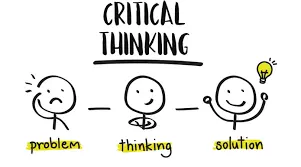
l Supporting Communication and Collaboration
In a team setting, concept maps facilitate better communication and collaboration. They provide a clear visual representation of ideas, making it easier for team members to share and discuss complex concepts. This visual clarity can enhance collaborative efforts and ensure all team members are on the same page (Atlassian) (Xmind). Concept maps can serve as a common reference point during discussions, helping to align everyone’s understanding and expectations.
Additionally, concept maps can be used in brainstorming sessions to capture and organize ideas from different team members. This collaborative approach can lead to the generation of more innovative solutions and ideas, as everyone can see and build upon each other’s contributions.
l Project Management and Planning
Concept maps are highly effective tools for project management and planning. They can outline the key components of a project and their relationships, helping teams plan and execute tasks more effectively. By mapping out the project’s scope, tasks, timelines, and resources, teams can identify potential roadblocks and strategies to overcome them, ensuring smoother project management (Growth Tactics) (LogRocket Blog).
For example, a project manager might use a concept map to detail the steps involved in launching a new product. The map can include tasks such as market research, product design, testing, and marketing, along with the interdependencies between these tasks. This visual representation helps ensure that all aspects of the project are considered and addressed in a timely manner.
l Educational Uses
In educational settings, concept maps are invaluable tools for both teaching and learning. Teachers can use concept maps to organize and present course content, making it easier for students to understand complex subjects. By visually representing the relationships between different concepts, teachers can help students see the “big picture” and how individual topics fit together (IdeaScale) (Xmind).
Students, on the other hand, can use concept maps to take notes, organize their study materials, and prepare for exams. Creating concept maps encourages active learning, as students must engage with the material to identify key concepts and their connections. This process not only aids in understanding but also promotes better retention of information.
l Personal Development
On a personal level, concept maps can be used for goal setting, tracking progress, and improving productivity. By mapping out personal goals and the steps needed to achieve them, individuals can create a clear roadmap for their personal development (Growth Tactics). This visual representation helps individuals stay focused and motivated, as they can see their progress and the remaining steps at a glance.
For instance, someone looking to improve their fitness might create a concept map outlining their fitness goals, exercise routines, diet plans, and progress milestones. This map can serve as a constant reminder of their goals and the actions needed to achieve them, helping them stay on track and motivated.
Conclusion
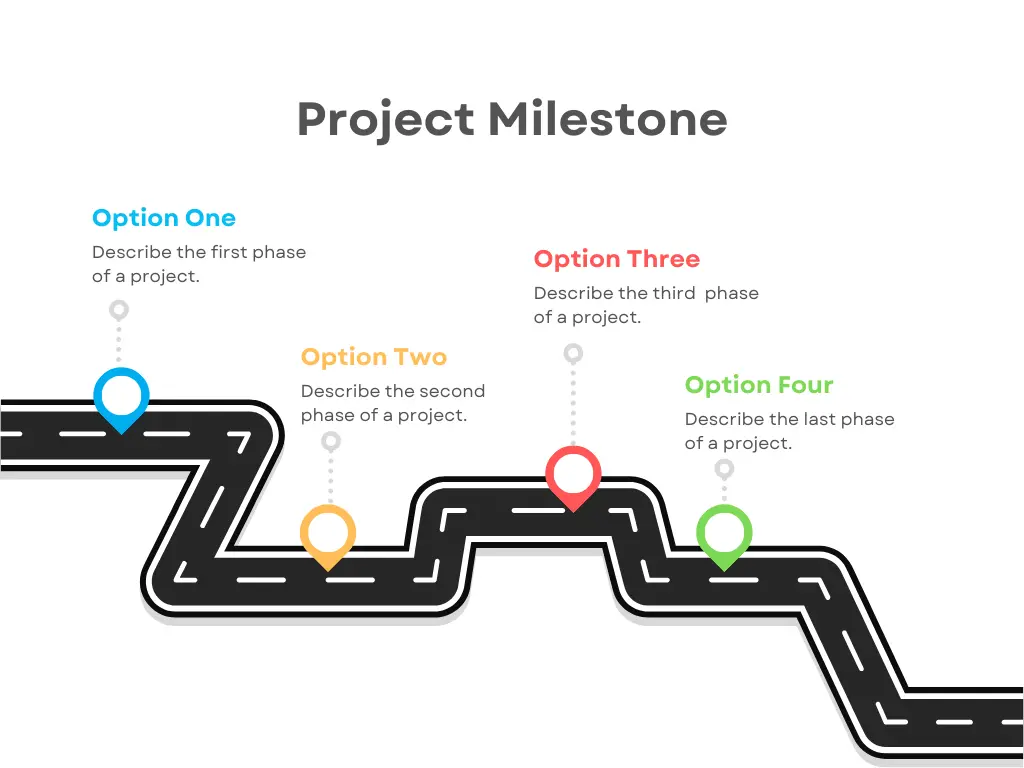
In summary, concept mapping is a versatile and powerful tool that serves multiple purposes across various fields. Whether used for enhancing understanding and retention, facilitating problem-solving and critical thinking, supporting communication and collaboration, managing projects, aiding in education, or personal development, concept maps provide a clear and structured way to organize and visualize information. By leveraging the power of concept mapping, individuals and teams can improve their productivity, creativity, and overall effectiveness.
Concept mapping’s ability to visually represent complex relationships makes it an invaluable tool for anyone looking to understand, organize, and communicate information more effectively. So why not give it a try and see how it can benefit you in your personal or professional life?
